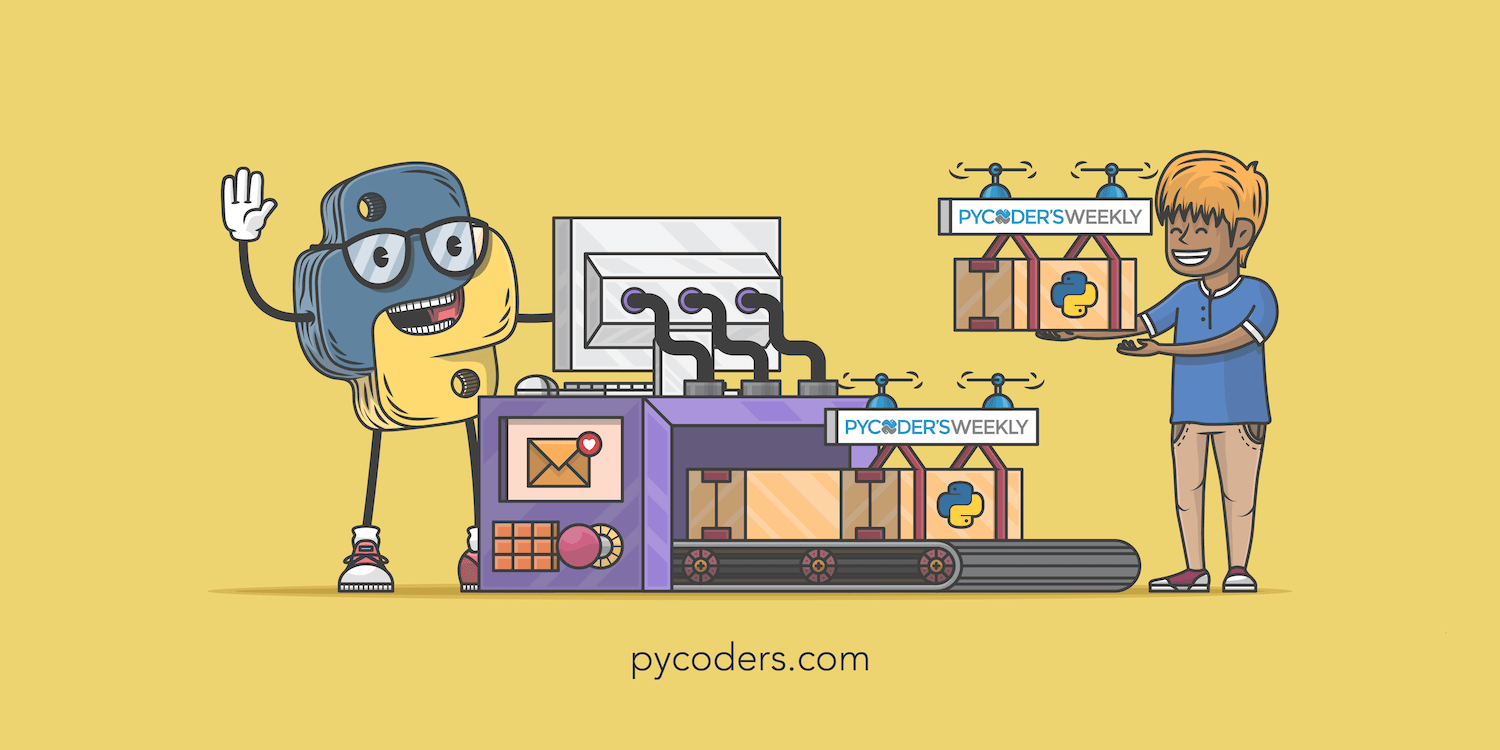
"Airflow's Python based framework makes it easy to get started, but you need to set a strong foundation or risk building fragile pipelines. Join Astronomer's webinar on September 4 to Positron offers an intuitive environment for exploring data, plots, apps, and Returns in the Learn how to work with JSON data in Python using the Understand the difference between shallow and deep copies in Python. Learn how to duplicate objects safely using the Online Python training created by a community of experts."
"Fan screaming? Laptop grinding to a halt? You're probably running pandas on more data than your CPU wants to handle. This post breaks down five common bottlenecks in pandas (slow reads, memory-heavy joins, sluggish groupbys), typical CPU workarounds, and how a one-line cudf.pandas extension unlocks GPU acceleration-with example code and Colab links to try. 5 Common Bottlenecks in pandas Workflows Discover how to elevate your pandas-based data workfl"
A documentary recounts Python's evolution from a 1990s Amsterdam side project into software powering artificial intelligence, data science, and major companies. Code analysis techniques for detecting malicious code in Python libraries are varied but can struggle with obfuscated or supply-chain threats. Apache Airflow users should establish strong foundations and follow proven DAG-writing tips to avoid fragile pipelines. Best practices and built-in conventions improve Python docstrings for clearer, professional code documentation. pandas workflows face bottlenecks such as slow reads, memory-heavy joins, and sluggish groupbys; GPU acceleration via cudf.pandas can mitigate CPU limits. Tutorials and quizzes support learning JSON handling, copying semantics, and other Python fundamentals.
Read at Pycoders
Unable to calculate read time
Collection
[
|
...
]